Over a 24-hour period, PHASA-35 soared to more than 66,000 feet, reaching the stratosphere, before landing successfully.
The trial, completed last month in New Mexico in the USA, allowed engineers to assess the performance of the experimental solar-electric drone within the outer-reaches of the planet’s atmosphere.
Designed by BAE Systems’ subsidiary Prismatic Ltd to operate above the weather and conventional air traffic, it has the potential to provide a persistent and stable platform for various uses including ultra-long endurance intelligence, surveillance and reconnaissance, as well as security.
It also has the potential to be used in the delivery of communications networks including 4G and 5G and could be used in a wide range of applications, such as disaster relief and border protection, as an alternative to traditional airborne and satellite systems.
The PHASA-35 programme sits within FalconWorks, a new centre for advanced and agile research and development within BAE Systems’ Air sector, designed to deliver a range of cutting-edge combat air capabilities to the UK and its allies.
PHASA-35, which has a 35-metre wingspan and carries a 15kg payload, uses a range of world-leading technologies including advanced composites, energy management, solar electric cells and photo-voltaic arrays to provide energy during the day which is stored in rechargeable cells to maintain flight overnight.
The successful trial assessed the performance of the experimental system across a range of areas. It is the first in a series of trials planned to confirm system performance, support development activities and validate test points to enable PHASA-35 to be made available in defence and commercial markets internationally.
Dave Corfield, CEO of Prismatic Ltd, said:
“This is a fantastic achievement for everyone involved and shows the commitment of BAE Systems to invest in new technologies and markets. PHASA-35’s first stratospheric flight demonstrates that this vehicle is on track to become the go-to system for long endurance, high altitude and communications applications in the future. The successful trials are a testament to the hard work of the fantastic team that we have built over the last couple of years within Prismatic and across our partner companies including Piran, Amprius, Microlink, Honeywell, PMW Dynamics and the Met Office. I look forward to the next steps as we develop this unique system.”





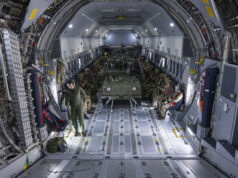
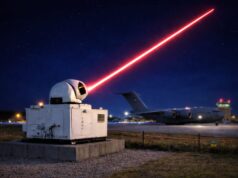

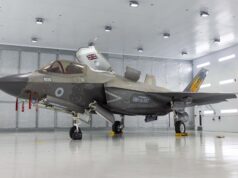
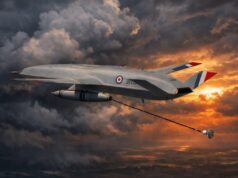

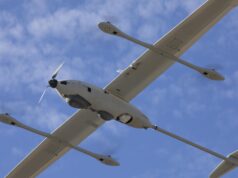


It’s really quite amazing how many development programs the UK can sustain without ever actually producing something to deploy.
This will be the second sudo satellite we have developed and not deployed along with nearly a dozen UAV’s.
Or just not to public knowledge. Besides, most projects that are worked on is to just keep the country’s intellect continuing. If you have the brain power to make something when it does come time to make something is far more important to countries than just making and deploying it.
Sad but true it is never ending research but no actual delivery. We need to learn to sustain delivery too to keep skills open and slowly replenish fleets. Eg buy 1/2 Merlin per year, 1/2 typhoon per year, a challenger or 5 etc. drip feed small incremental replenishment of existing items and. Slowly introduce new types every 5/10 years. Have the ability to scale up an order to produce more as needed for U.K. or foreign sales but always have a small workload going.
Good invention but given the MOD and British government’s past record I won’t hold out much hope.
No fisheye lens, no curvature!!!
Yes, there is….barely perceptible, but definitely there.
Power train for ch-ch-challenger :
stirling kockums type generator
lithium /supercapacitor batteries
axial flux motors
stirling engine tech for -40c working environment ….
supercapacitors accepting electrons from stirling kockums engine
-40c would be a brilliant heat sink ergo stirling engine extra efficiency
axial flux motors compact powerful
granted this is a bit out there but does vickers have matlab ?
do the what if .
based on a tesla semi range running/power useage .
the tesla is dead loss from a battery 2kw/mile as it runs
a stirling engine and supercapacitors + electric axial flux motors
could provide the equivalent of diesel electric .
if this specialist tank could be better in artic conditions it could extend a challengers operations into any -40c at better operational speeds than current
models . faster and into the hinterland …
burning any combustable fuel……
logistic vehicle transport uses..
rocket stove anyone?